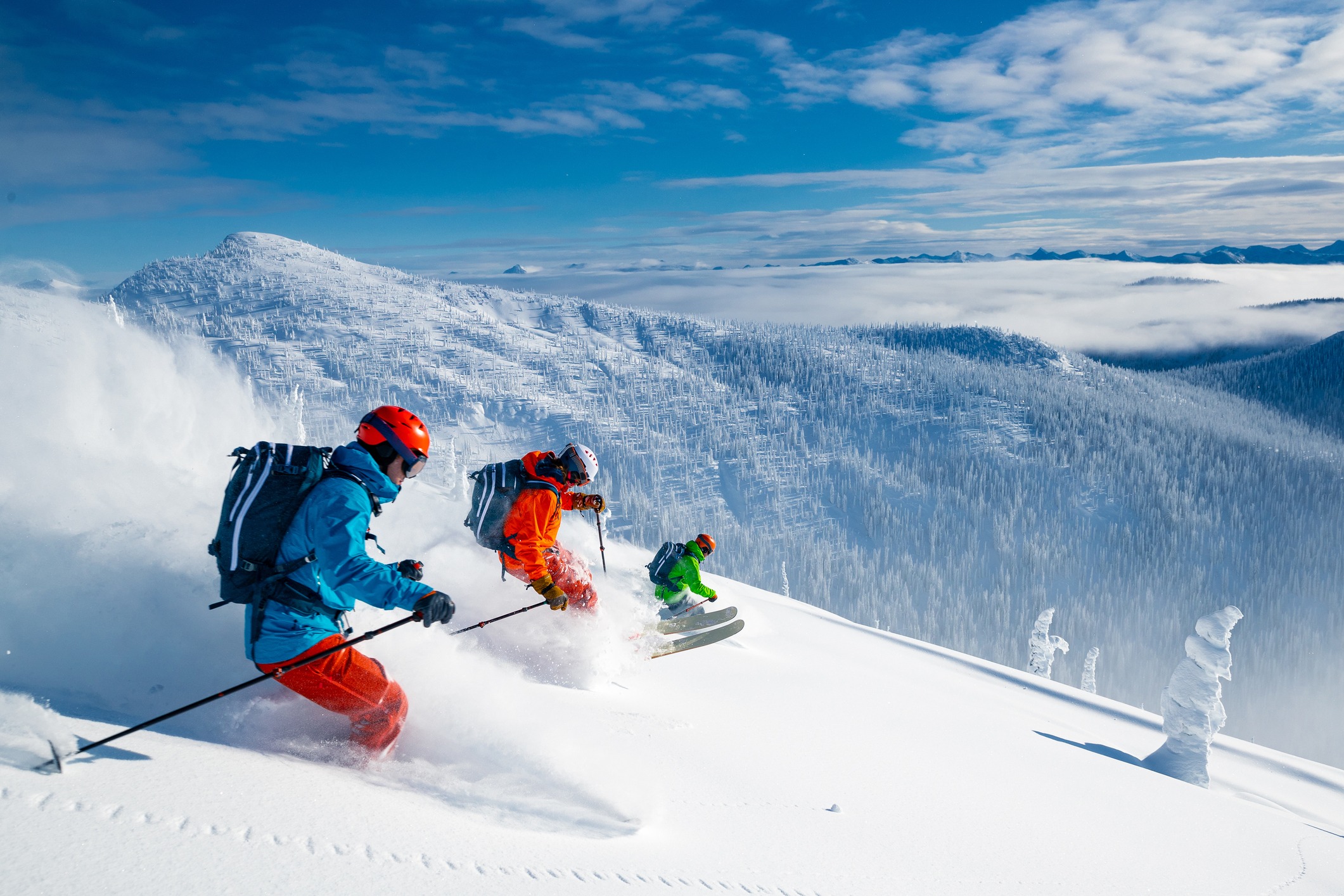
Many people consider skiing their favorite sport and one of the best ways to spend time outdoors during the winter. Skiing can be incredibly fun. But a good day can become a nightmare if you have a skiing accident. To make your skiing adventure more enjoyable, we have some tips you can use to increase the safety of skiing for yourself and other skiers.
1. Always wear a helmet
Head and brain injuries can occur during skiing, and the risk is much higher when you don’t wear a helmet. Remember that nothing is more important than your life. Use a helmet that is specifically designed for skiing. You should buy a helmet that fits your head and provides you with the safety and comfort you need during your adventure.
Everyone, including children, teens and adults, should wear a quality helmet before skiing to avoid head injuries. You should remember that the ice on a slope is just as hard as tarmac on the road, so a head injury can even lead to death.
2. Dress for the weather
How you dress for the day on the slopes is the biggest thing you can do to make your skiing experience better and safer. Your ski outfit should be able to deal with wind, cold and moisture from the outside in the forms of rain or snow, or from the inside in the form of sweat.
Your clothing should be appropriate to avoid frostbite Also, try not to be overdressed as it may lead to sweating, which will leave you feeling even colder. The weather can change very quickly in the mountains; it might be sunny one minute and freezing the next minute. It is best to dress for skiing in three layers: a base layer, a mid-layer, and a shell. Every layer plays its own important part in protecting you.
3. Get in shape for skiing
Start exercising six to eight weeks before the ski season starts. Skiing is an athletic activity that requires a lot of strength, stamina, and balance. You must build strong abdominal and leg muscles to avoid fatigue on your first day of skiing. Getting in shape, building endurance, and boosting muscle power before the ski season will help you better enjoy skiing.
4. Wear ski goggles and carry proper equipment
The sunlight reflecting off the snow is powerful enough to cause severe damage to your eyes, such as cataracts and several cancers. At higher altitudes, UV rays from the sun are stronger and may cause short and long-term damage to your eyes. Wear ski goggles to protect yourself from such damage. Ski goggles can filter UV radiation, reduce glare, and increase contrast so that you can enjoy skiing without any risk of eye damage.
Wear other proper skiing equipment, such as elbow and knee pads, wrist guards, and fitted boots. Whether you are a beginner or expert level skier, these are a must.
5. Never ski alone
Sometimes you may plan to ski alone in the mountains to have an adventure or appreciate the beauty of nature. However good your intentions, it’s a bad idea that puts your whole life at risk. It’s much safer to ski with your friends and act as each other’s support system. That way, if someone falls or something bad happens, there will be a friend to help them get back on their feet, or call on the skiing patrol for help. Skiing with friends has other benefits, too – you can make a lot of memories, enjoy yourself to the fullest, and minimize the risk of getting lost.
6. Know your limits
Always remain within the boundaries of your skills and limits – don’t try a black diamond run if you’re a beginner. Master the easy slopes before moving to difficult slopes. Sometimes you may try to show off or impress your friends, but you’ll endanger yourself and others if you go beyond your limits and skills. If you feel tired or your body hurts, take a break. Never overexert yourself.
7. Follow the rules and proper techniques
If you are a beginner, take lessons from a certified instructor. The instructor will guide you through all the rules and techniques for the best skiing experience, and will help you avoid accidents. The instructor will teach you how to use the ski lift properly and safely, as well as how to stay in control on the slopes, which is a key part of respecting your fellow skiers.
8. Be aware of your surroundings
You should be mindful of where you stop on the slopes. Move to the side of the run when you are resting. Respect and follow any signage you see. It is important to never go out of bounds as fallen trees, cliffs, and other hazards may be present. Try to follow the marked trails, as these are the safest.
Avoid skiing injuries as much as possible
Skiing can be one of the best experiences of your life, and it’s important to follow these safety tips to keep it that way! Many injuries are not life-threatening and can easily be treated, but some injuries can lead to death. Follow the safety tips for skiing this winter to avoid having any injuries.
SRO Sports Medicine Center
SRO’s sports medicine doctors are board-certified, fellowship-trained specialists and orthopedic surgeons. Our doctors practice a comprehensive approach to treating patients that includes state-of-the-art diagnostics, physical therapy, pain management, and when necessary, the latest surgical techniques. Read more…

